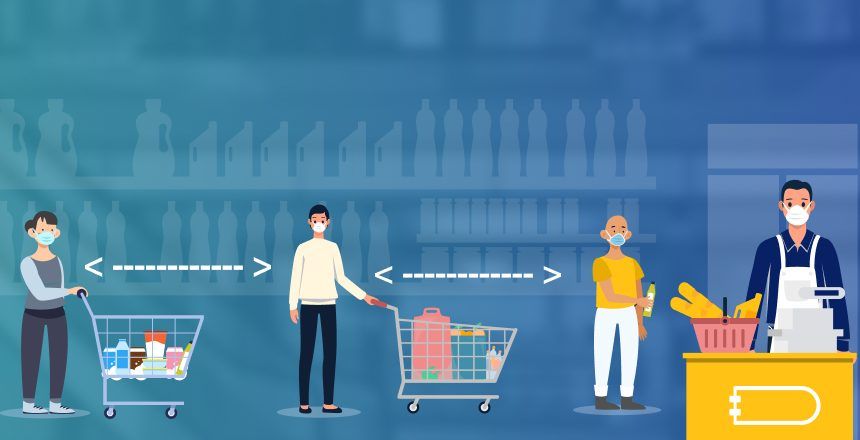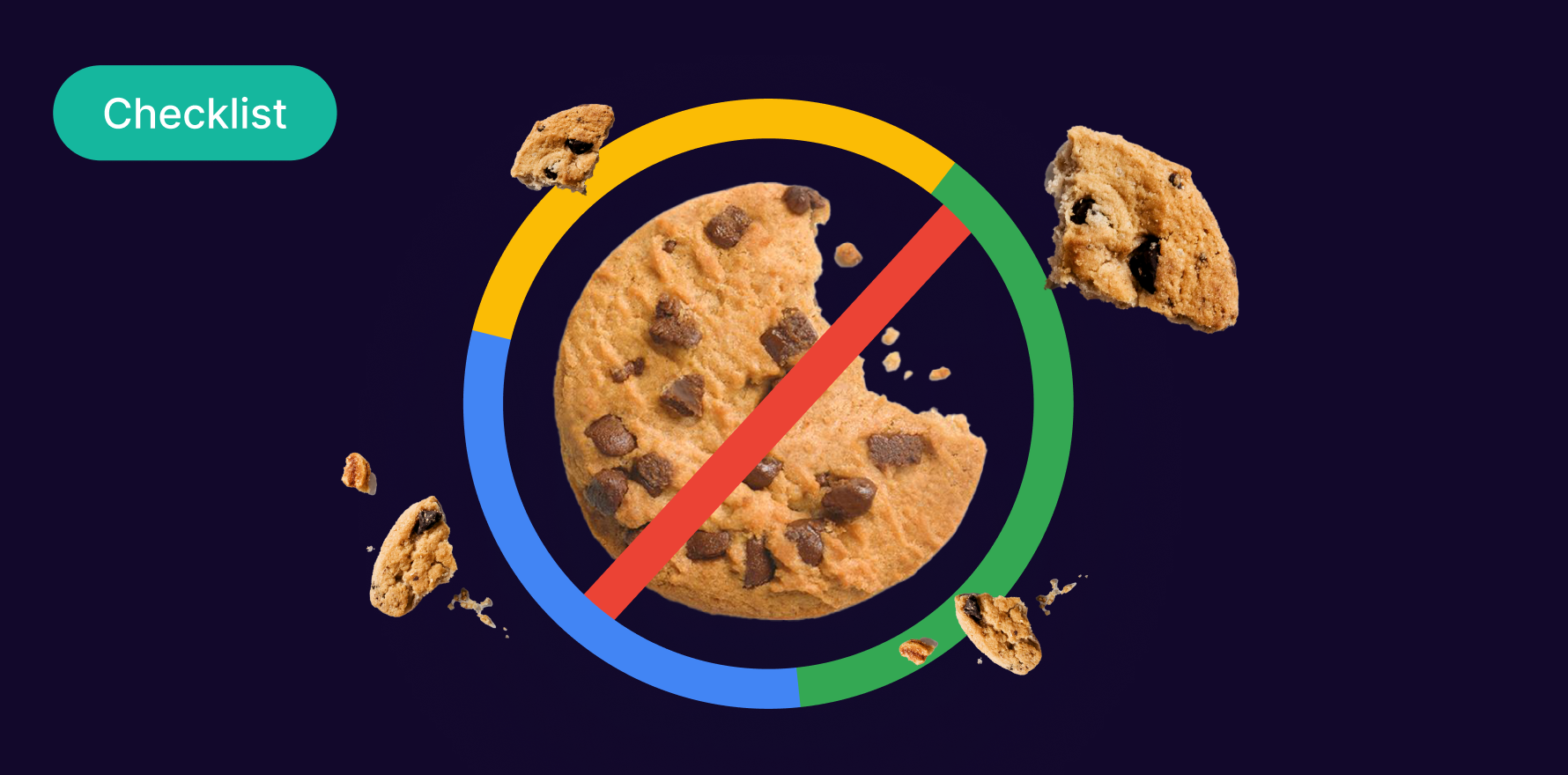These are tough times for retail brands around the world, but even more so for those in the Asia Pacific region. While the lockdowns were somewhat delayed in many Western countries, many Asia Pacific countries response to COVID-19 came at an earlier stage of the pandemic. On one hand, this is ensuring a somewhat flatter curve of the public health crisis in this region, we absolutely cant ignore the far-reaching socio-economic impact of the lockdowns. One of the worst-affected sectors in these times will be retail, with store shutdowns, restricted timings, broken supply chains, travel restrictions, and much more. If retail has ever needed a sound data strategy to sail through these times and bounce back stronger, now is the time.
WARC recently reported Nike 4-phase COVID response strategy. According to John Donahoe, Nike CEO, the four strategic pillars that form the foundation of the response strategy include containment, recovery, normalization, and return to growth. Data companies such as Lifesight will play a critical role in providing the insights that brands need in order to build similar response strategies, execute them, and come out stronger on the other side. This article touches upon a three-phase data strategy and how it can enable and empower brands to gear up for the new normal in these unprecedented, uncertain times.
PHASE 1: LOCKDOWN
It is an unsettling time for businesses, especially those like retail with physical footprints. They understand the short- and long-term repercussions and these repercussions are showing up and have been staring in the face of the brand managers and leaders everywhere from daily store revenues to share prices. This slow time, usually difficult to come by in brand and marketing circles, is a challenge and an opportunity. Much of marketing in the last few years has been in instant response to changes adapting to digital advertising, adapting to digital natives, finding new data sources and metrics, getting used to them much of it by trial and error. The lockdown is an opportunity to change this from the ground up, by putting the customer and not the platforms they engage on in focus. We believe that the lockdown is an excellent time for retail brands to get to know their customers again and this time much better. Alternative data sets can help them bridge the gap between the online and offline behaviours of their customers, enrich their existing customer data, their behaviour and life and lifestyle changes during COVID-19 and what their demographics, app usage, brand affinities, locations, content consumption etc mean amidst these changes.
Eventually these alternative data sets must come together to help brands get a better hold on their audiences and build an effective COVID- and post-COVID marketing and operations strategy.
PHASE 2: OFFLINE-TO-ONLINE
With no certainty on when the COVID crisis will be over for good, brands that have so far operated only in the physical realm will need to effectively revamp their operations to meet the needs of an increasingly online world. Understanding customer needs using alternative data and ensuring that these needs are met across their own digital stores or through existing marketplaces such as e-commerce, food tech, and fintech platforms will be essential. This would also mean revamping erstwhile physical-only products and services to fit into the online space.
For example, retail banks will now need to offer services and tools that don’t require customers to visit banks. Digital KYC may need to become the order of the day even for the most conservative banks. Restaurants will need to adapt their menus and packaging for safe and secure online deliveries. Clothing brands will need to bring online more of what customers need during the lockdown, such as workout clothes and smart casuals for the stuck at home work and workout horses.
PHASE 3: POST-LOCKDOWN
As lockdowns start to somewhat ease up in some parts of the Asia Pacific region, businesses and customers are still unlikely to get back to normal till a vaccination is discovered and normalized across the globe. Human mobility will continue to be restricted, social distancing could remain a given in the mid- to long-term future, footfall traffic will continue to be monitored, and businesses will continue to be observed in order to avoid potential exposures.
This means that an omnichannel world, which has been a long time coming, will become the new normal. As first time or infrequent online shoppers discover the convenience of e-commerce, digital banking and investment, and food-tech, there is a strong chance that they will choose more often what chores really require them to get out of the house and what can be easily accomplished online. Early adopters of all things digital have been making this choice for some years now, but the COVID-19 crisis has brought to light the benefits of omnichannel retail for even the laggard customers. Alternative data sets such as real-world intelligence that bridges the gap between the physical and online worlds of customers will enable not just visionary brands and agile startups but also the conservative, highly regulated, or laggard sectors and brands to deliver in this new normal.
In Conclusion
To borrow from innovation strategist Max McKeown, Adaptability is about the powerful difference between adapting to cope and adapting to win. Brands and businesses that get their data strategy right in the face of the pandemic are adapting to win.
Reach out to us if you are ready to win in the new normal!
You may also like
Essential resources for your success
















